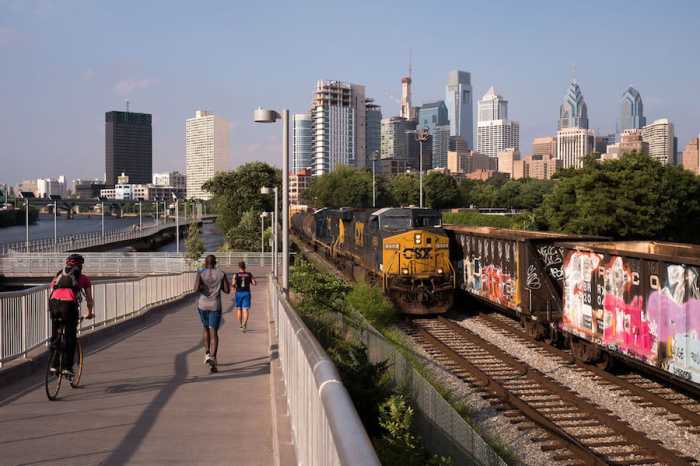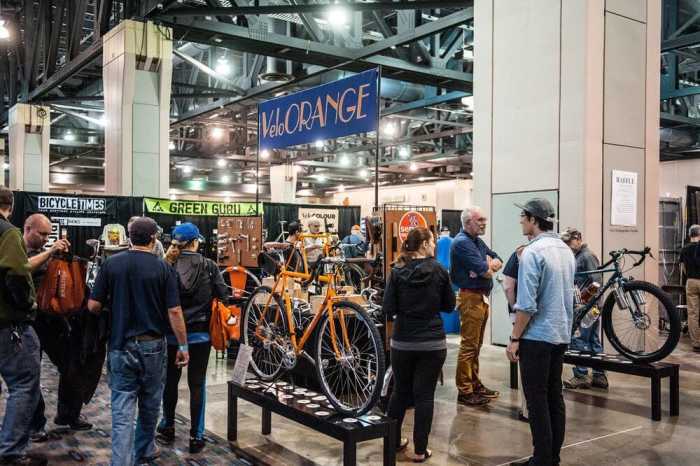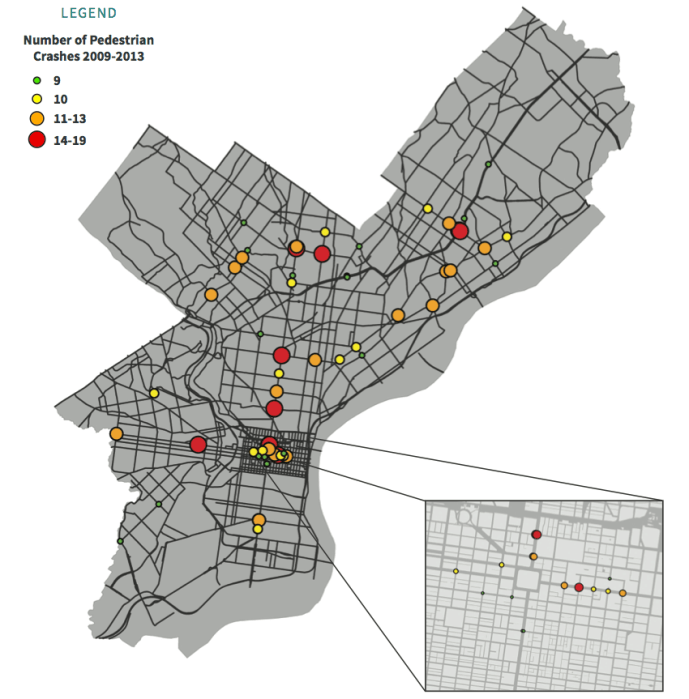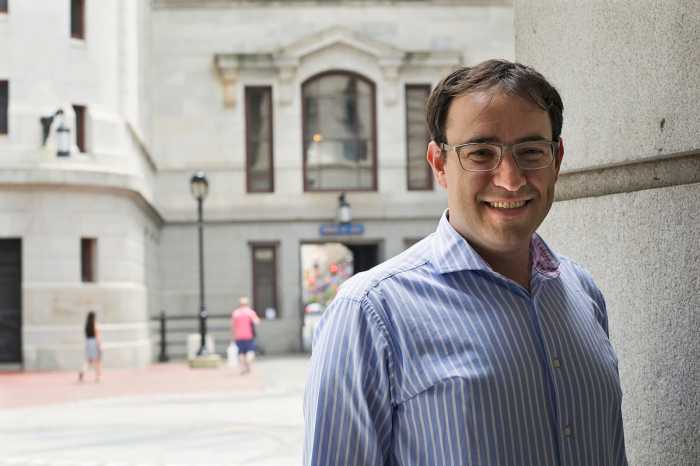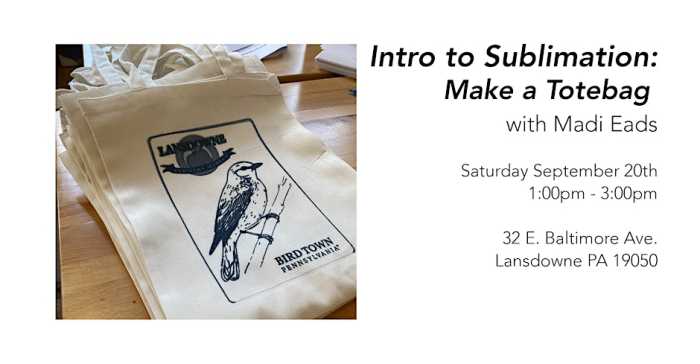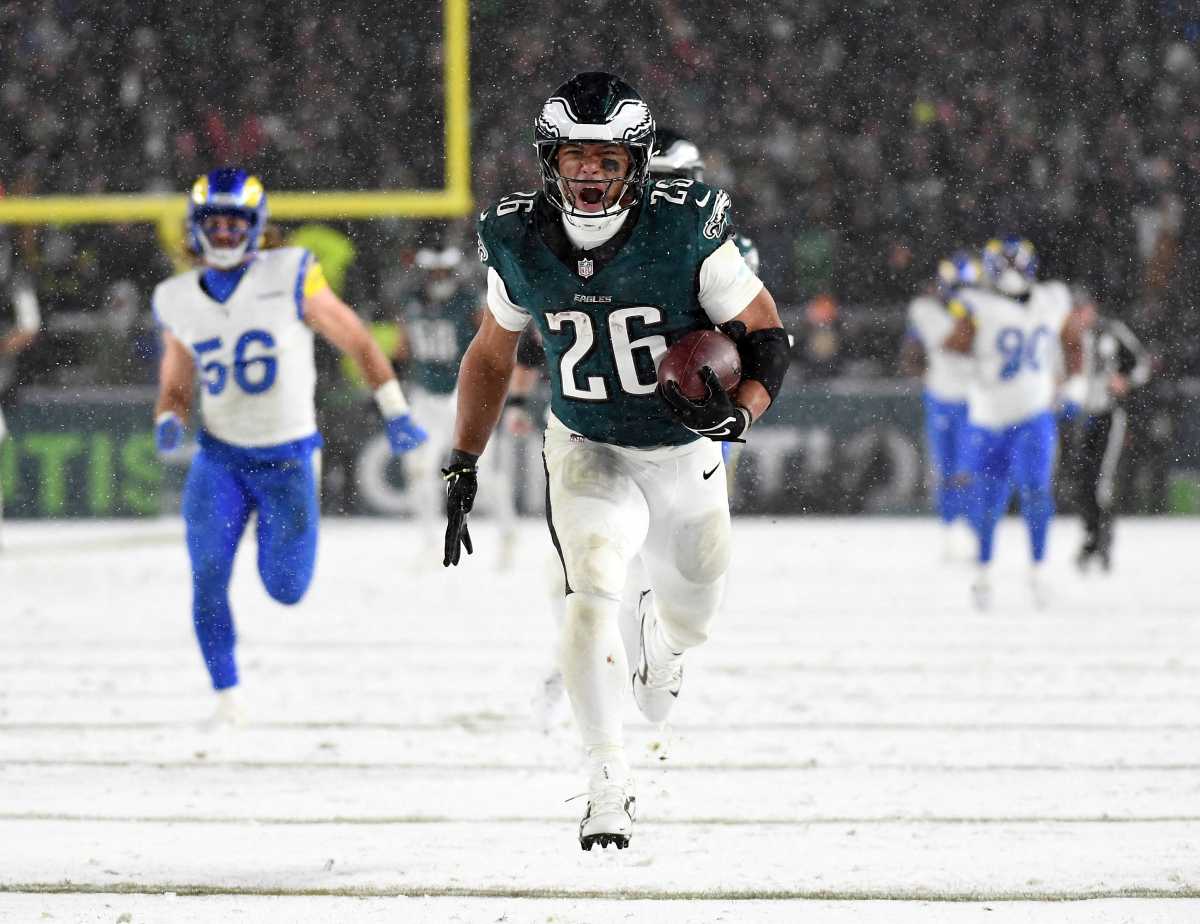Philadelphia released its Vision Zero Draft Action Plan last week, making several recommendations for a safer city via traffic calming tools, pedestrian-oriented projects, and better bike lanes. That’s good! But the hard part is still to come: Convincing city dwellers the status quo is not OK, and changes can be a good thing. That’s a tough sell in the Cradle of Liberty, where stubbornness can be a virtue. But if there’s one thing we can all agree on, it’s if these changes can help create a better economy, we should probably go for it.
“Creating a stronger economy is the best strategy for reducing crime, lowering individual tax burdens, and improving the quality life in every neighborhood and on every block,” Council President Darrell Clark recently noted when forming a Regulatory Review and Reform Committee for City Council. He’s right. Think of all the advantageous changes that come with a booming economy. And if you really want the money to roll in and city income taxes to go up, you need to make some changes on the ground. Bike lanes are one of easiest ways to get Philadelphians to spend more money because it offers people easier access to businesses. And there’s research to prove people arriving by bike are better customers, too. Capitalism, baby. All the kids on bikes are doing it.
Over the years, we’ve heard from both residents and business owners: bike lanes will ruin our lives, they say, annihilating the supposed “historic” feel of city neighborhoods; and if fewer people are driving and parking their cars in Center City to shop, profits will fall along with the sky. These emotional arguments against bike lanes in Philadelphia are not unique. When the City of Toronto heard the same complaints, they commissioned a study to look at how bike lanes and wider sidewalks would affect commerce in their downtown area of Parkdale. The study, conducted toward the end of 2015, looked at how many shoppers arrived by car in their downtown area and how many arrived via “active” transportation (i.e. biking and walking).
Business owners were asked how they felt their customers were arriving. Half the owners estimated at least 25 percent were arriving by car. When the study was completed in 2016, it was found actually just 4 percent were driving in. Seventy-two percent were actually arriving by bike or by foot. And that’s not all: “Visitors who reported using active transportation to visit the Study Area visited more often and spent more money per month than those who usually drove,” according to the report’s abstract. Such a finding has been repeated, over and over again, all over the world. So, not only do bike lanes not hurt businesses the way some think they do, they actually increase revenue. I mean, look at 13th Street in Center City today, where 40 percent of rush hour traffic is on bike. It’s become one of Philadelphia’s premier independent shopping areas since the buffered bike lane was installed in 2011. That’s not a coincidence. Over the coming months, we will all be debating the future of Philadelphia’s street infrastructure. When confronted with these statistics, it’s important that the city’s merchants, leaders and political figures understand that creating a better economy is good for everyone. Bikes may not be the only answer. But they’re certainly part of the answer. Randy Lobasso is communications manager at the Bicycle Coalition ofGreater Philadelphia.
Philadelphia needs to embrace the two-wheeled shopper

Getty Images



